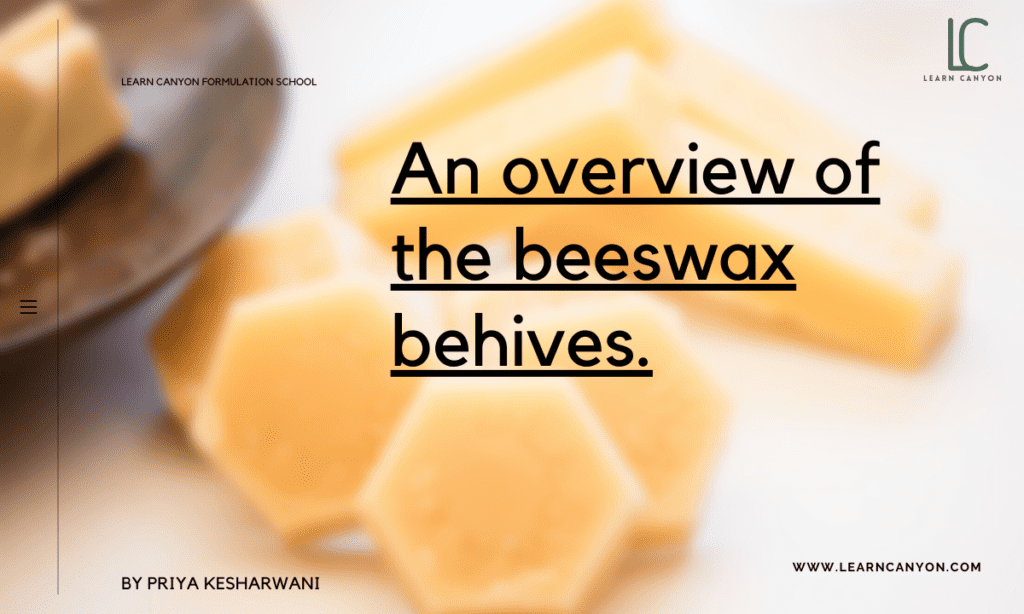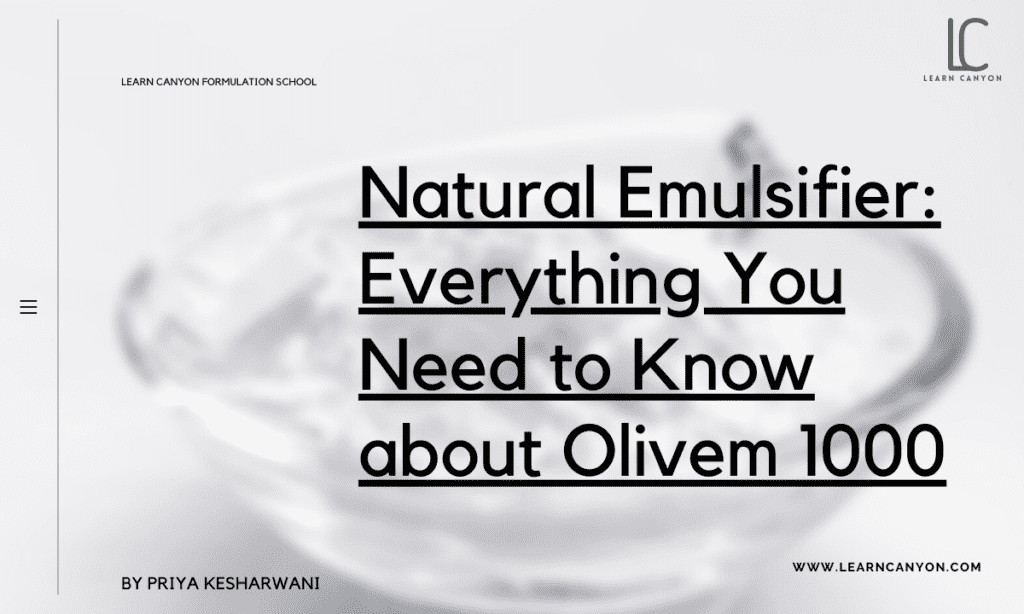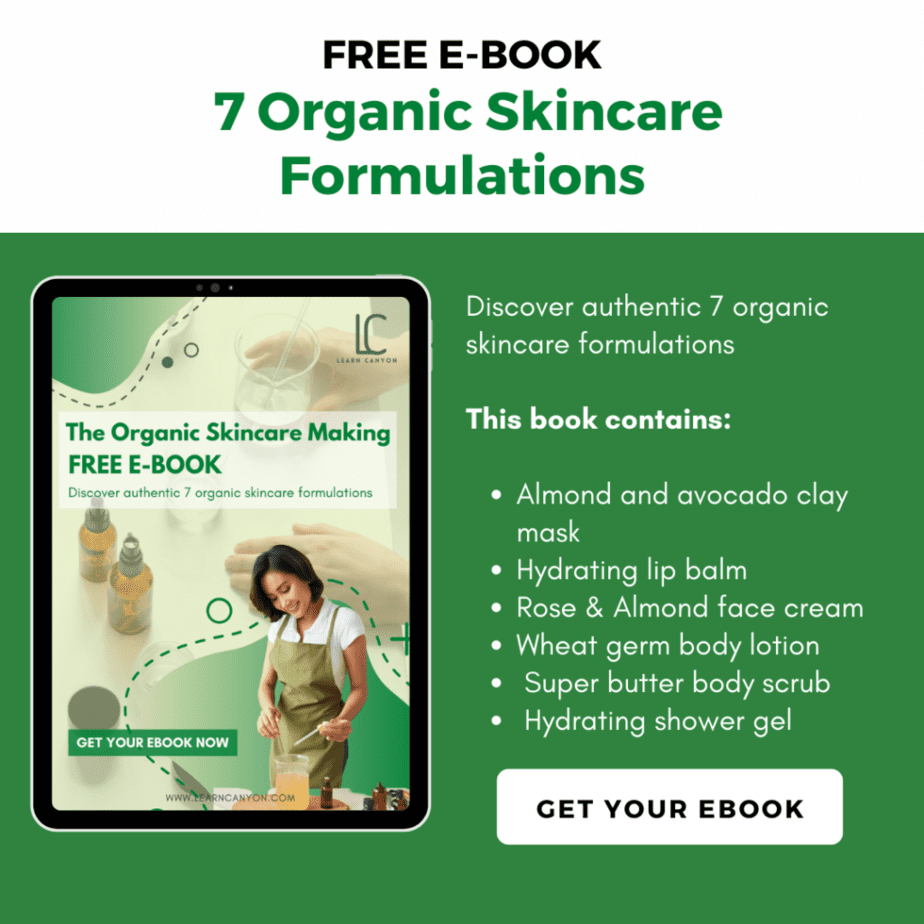
An overview of the bees wax behives

Raw beeswax
Beeswax is a natural wax produced by beehives. Worker bees produce the wax, which is gathered by hive workers and used to form the honey storage cells. Once removed from the hive, beeswax has a variety of purposes.
It can be used for a multitude of things, including crafts and candles, meals, furniture polish, surfboard wax, and a range of other things.
Today, we’re going to show you how to utilise beeswax to maintain your skin health from the inside out. Beeswax is an antibacterial natural product that heals and softens the skin.
What is Bees Wax?
Humans have been using beeswax (also known as cera alba) for thousands of years. Honey bees, or Apis in scientific terms, produce it naturally, but you already knew that.
What you may not realise is that beeswax has a very distinctive molecular structure that falls into the esters chemical family. Esters are made up of fatty acids and other long-chain alcohols and are commonly referred to as wax esters (despite the fact that there are other forms of esters).
Waxes are water-insoluble solid mixtures of long-chain hydrocarbons or esters of higher fatty acids and alcohols. They become flexible, malleable, and liquid when heated, and variably hard when cold.
| What is it? | Honey bees produce and release beeswax, which is a natural ingredient. When cold, it is hard and brittle, but once heated, it becomes soft and flexible. Unrefined and refined beeswax are the most common forms. |
|---|---|
| INCI | Cera alba (beeswax) |
| Appearance | The raw material has a lovely golden colour and is frequently sold in large pieces or blocks. White pellets make up the refined variety. |
| Texture | It's a solid wax with a slight tackiness to it. |
| Recommended Usage | 1-30% |
| Solubility | Dispersible in oil & Water |
| Melting point | 62-65°C |
| Boiling point | NA |
| pH | 7 |
| Aroma | The unrefined stuff smells like honey and tastes fantastic. |
| Why do we include it in formulations? | The refined variant has no odour at all. It thickens and hardens the formulation. It thickens at low concentrations and hardens and solidifies at greater amounts. It provides salves and balms a beautiful creaminess that keeps them on your skin for a long time. |
| How to work with it? | The best way to melt beeswax is in a hot water bath. When beeswax is heated above 65 degrees Fahrenheit, it discolours and turns a darker brown. Beeswax should never be left alone near direct heat since it can spontaneously combust. |
| Applications | Beeswax has the ability to form a protective layer on the skin. It also functions as a humectant, attracting water. Both of these characteristics can aid in the skin's hydration. Beeswax is also a natural exfoliant, making it great for removing dead skin cells. |
| Absorption rate | When applied to a product, it slows the rate of absorbency. |
| Strength | Even at low concentrations, it's an excellent thickener and hardener. |
| Weaknesses | It becomes skiddy and sticky at greater concentrations. |
| Substitution | Candelilla wax and carnauba wax. |
| How to store it? | Keep beeswax in a cold, dry place. Normally, the brick is kept in a plastic bag, while the smaller shavings are kept in a mason jar. |
| Shelf life | Beeswax has a 12-month shelf life. |
Fun Fact
| Type of ingredient | Occlusive |
|---|---|
| Main benefits | Helps to keep skin hydrated by forming a barrier that reduces trans-epidermal water loss. |
| Who should use it | It's advantageous to everyone, but it's especially beneficial for those looking for vegan beauty products. |
| How often can you use it? | Daily |
| Works well with | All oils and oil-soluble substances can be used with beeswax. Because it's largely inert in refined cosmetic-grade forms, it can be used with a variety of biologically active chemicals, like vitamin E, to assist provide a medium for their activity. |
| Doesn't work with | Unless an emulsifier is employed, it will not work with water-soluble substances like herbal or flower extracts. |
| How to use it in formulations | Added to your formulation during the oil phase. |
Mechanisms of action
Carnauba wax is used as a thickening in cosmetics such as lipstick, eyeliner, mascara, eye shadow, foundation, deodorant, and skincare and sun care preparations due to its hypoallergenic and emollient characteristics, as well as its gloss. Carnauba wax offers excellent emulsification and oil-binding characteristics for ester oils and mineral oils. It also raises the melting point of gels, making it one of the most popular ingredients in lipsticks, lip balms, and mascara. It creates gleaming and slick surfaces.
Benefits of Beeswax for Skin
Carnauba wax is a good natural cosmetics component with the following benefits:
1. Carnauba wax aids in the stability of cosmetic compositions.
The high melting point of carnauba wax makes it suitable for enhancing the thermal-stability of cosmetic formulations, ensuring that they maintain their physical or molecular composition even at high temperatures. Because of its natural hardness, shine, and water-proofing qualities, carnauba wax is ideal for use in candles as well as cosmetics such as lip balms and deodorants.
2. Carnauba wax aids in the waterproofing, glossing, and lustrous appearance of items.
In addition to its protective properties, it imparts a glossy and shiny finish to any surface. Carnauba wax is resistant to water harm since it is not soluble in it. The layer of carnauba wax prevents any substance from penetrating the surface.
3.Carnauba wax aids in the creation of items that are creamy and spreadable.
Carnauba wax is compatible with a wide range of waxes produced from plants, animals, and minerals, as well as natural and synthetic resins. In any of these mixtures, carnauba wax boosts the binding capabilities of constituents in emulsions, allowing liquids to easily connect with chemical compounds, particularly oils. This is beneficial for
Side effects of Beeswax
Carnauba Wax can cause dry skin, acne, rashes, inflammation, dermatitis, dizziness, nausea, blurred vision, and eye dryness, irritation, or burning.
How to use it in formulation?
In order to be employed in a composition, carnauba wax needs to be heated to a higher melting temperature than beeswax. To melt, it must be heated to a temperature of 180°F to 185°F. Carnauba wax is tougher than beeswax, so keep that in mind when using it in your formulation.
Work well with other ingredients
Carnauba wax is frequently blended with additional thickening substances such as cocoa butter or beeswax to give hardness to the texture of a product. It also provides skin and hair with a protective layer, as well as gloss and vitality. Carnauba wax offers exceptional emulsification and oil-binding properties for ester and mineral oils.




